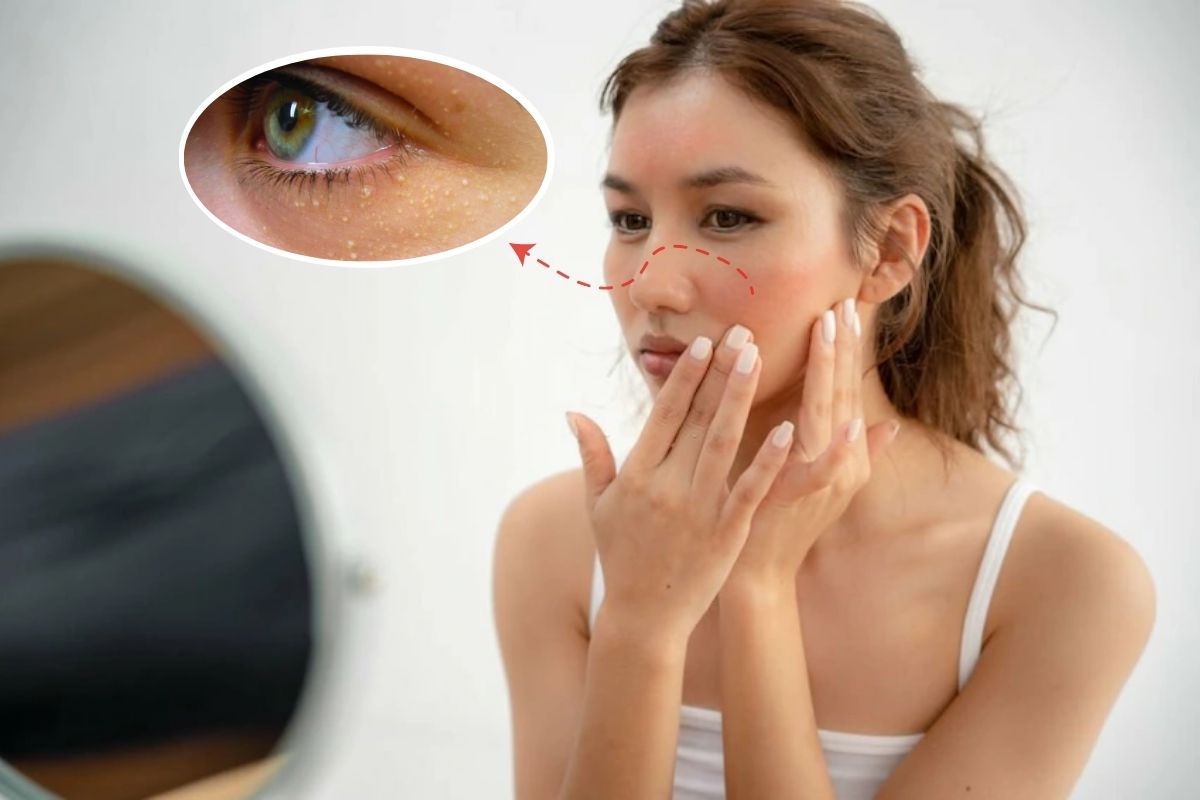Understanding Milia: Tiny White Bumps on Your Skin
Understanding Milia: Tiny White Bumps on Your Skin
Blog Article
Have you ever noticed small, white bumps on your skin that don't seem to go away? These could be milia, a common skin condition that can affect people of all ages. Milia are tiny cysts filled with keratin, a protein found in skin tissues. They often appear as small, white or yellowish bumps on the skin's surface, resembling grains of sand or pearls.
What Causes Milia?
Milia form when keratin becomes trapped beneath the outer layer of the skin. This can happen due to various reasons:
Skin Care Products: Heavy or oil-based moisturizers, creams, or cosmetics can clog pores and contribute to milia formation.
Skin Trauma: Injuries to the skin, such as burns or blisters, can lead to milia as the skin heals.
Sun Exposure: Prolonged sun exposure can thicken the skin and increase the likelihood of developing milia.
Types of Milia
There are different types click here of milia, including:
Primary Milia: Common in infants and often disappear on their own within a few weeks.
Secondary Milia: Develop in older children and adults due to factors like skin damage, burns, or certain skin conditions.
Treatment Options
Milia usually do not require treatment as they often resolve spontaneously. However, if they persist or click here are bothersome, treatment options may include:
Extraction: A dermatologist can safely extract milia using sterile instruments.
Topical Retinoids: Prescription creams containing retinoids Milialar can help accelerate skin cell turnover and prevent clogged pores.
Chemical Peels: These can exfoliate the skin and promote the shedding of dead skin cells, reducing the formation of milia.
Prevention Tips
To prevent milia from forming or worsening:
Use Non-Comedogenic Products: Choose skin care products labeled non-comedogenic to minimize pore blockage.
Avoid Heavy Moisturizers: Opt for lightweight, oil-free moisturizers and cosmetics.
Sun Protection: Wear sunscreen daily to protect your skin from sun damage.
Conclusion
While milia are generally harmless and often resolve without treatment, understanding their causes and prevention strategies can help manage them effectively. If you have concerns about milia or other skin conditions, consulting with a dermatologist can provide personalized advice and treatment options. By maintaining a healthy skincare routine and protecting your skin from potential irritants, you can promote clear, smooth skin and reduce the likelihood of developing milia.